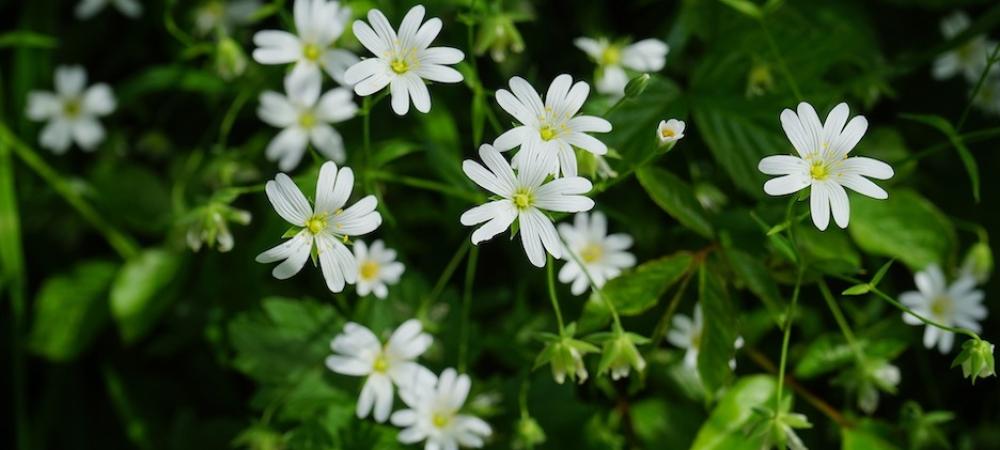Fall Weed Control Guide for North Carolina Homeowners

Fall is one of the most important times of the year for managing weeds in your North Carolina lawn. Cooler temperatures and seasonal rains create the perfect conditions for certain weeds to germinate and spread. If left unchecked, fall weeds can weaken your lawn, reduce its density, and make it harder to maintain a healthy, lush yard in the spring.
In this guide, we’ll cover how to identify fall weeds, the best prevention and treatment strategies, DIY removal tips, and when it’s time to call a professional. By the end, you’ll have everything you need to protect your lawn before winter.
Identifying Common Fall Weeds in North Carolina
Before you can tackle weeds effectively, you need to know what you’re dealing with. Some of the most common fall weeds in North Carolina include:
Chickweed
- Small, low-growing plant with tiny white star-shaped flowers
- Often found in damp, shaded areas
- Spreads quickly if not removed early
Henbit
- Purplish blooms and square stems
- Typically grows in lawns, gardens, and disturbed soil
- Can take over thin or weak turf
Creeping Charlie
- Low, spreading plant with scalloped leaves
- Thrives in moist, shaded areas
- Difficult to remove once it takes hold
Other Weeds
- Annual bluegrass
- Common dandelions (late germination)
- Thistle patches
Identifying weeds early helps you choose the right control method and prevent them from spreading further.
Weed Prevention vs. Treatment
Pre-Emergent Herbicides
- Applied before weed seeds germinate
- Best time in NC: late September to early October
- Creates a barrier in the soil that prevents new weeds from sprouting
Post-Emergent Treatments
- Used to kill actively growing weeds
- Spot-treat stubborn patches with selective herbicides
- Always follow label instructions for safe and effective use
Cultural Practices
- Mowing: Keep grass at the recommended height for your type
- Fertilization: Strong turf competes better with weeds
- Mulching: Reduces sunlight reaching weed seeds, slowing growth
DIY Weed Removal Tips
Hand-Pulling
- Effective for small infestations
- Ensure you remove the root to prevent regrowth
- Best done when soil is moist
Spot-Spraying
- Targeted application for larger patches
- Choose herbicides labeled safe for your grass type
- Avoid overuse to protect your lawn and pets
Natural Alternatives
- Corn gluten meal as a pre-emergent
- Vinegar or boiling water for small patches (spot treatment only)
When to Call a Professional
Sometimes weeds get ahead of even the most diligent homeowners. Consider professional lawn care if:
- Weeds are widespread or recurring
- You’re dealing with invasive species like creeping Charlie
- You want a guaranteed application of pre- or post-emergent herbicides
Professional services often include seasonal weed control plans and tailored recommendations for your lawn’s unique soil and grass type.
Integrating Weed Control Into Overall Lawn Care
Weed control works best when it’s part of a broader fall lawn care plan:
- Aeration: Helps nutrients and water reach roots
- Overseeding: Fills bare spots that weeds could invade
- Fertilization: Strengthens your grass for winter survival
Fall weed control is critical for maintaining a healthy North Carolina lawn. By identifying weeds early, using the right prevention and treatment strategies, and integrating these efforts into your overall lawn care routine, you can keep your yard strong through the winter and ready for spring growth.
For professional assistance, explore our weed control services and check out related tips on avoiding common winter weeds.
